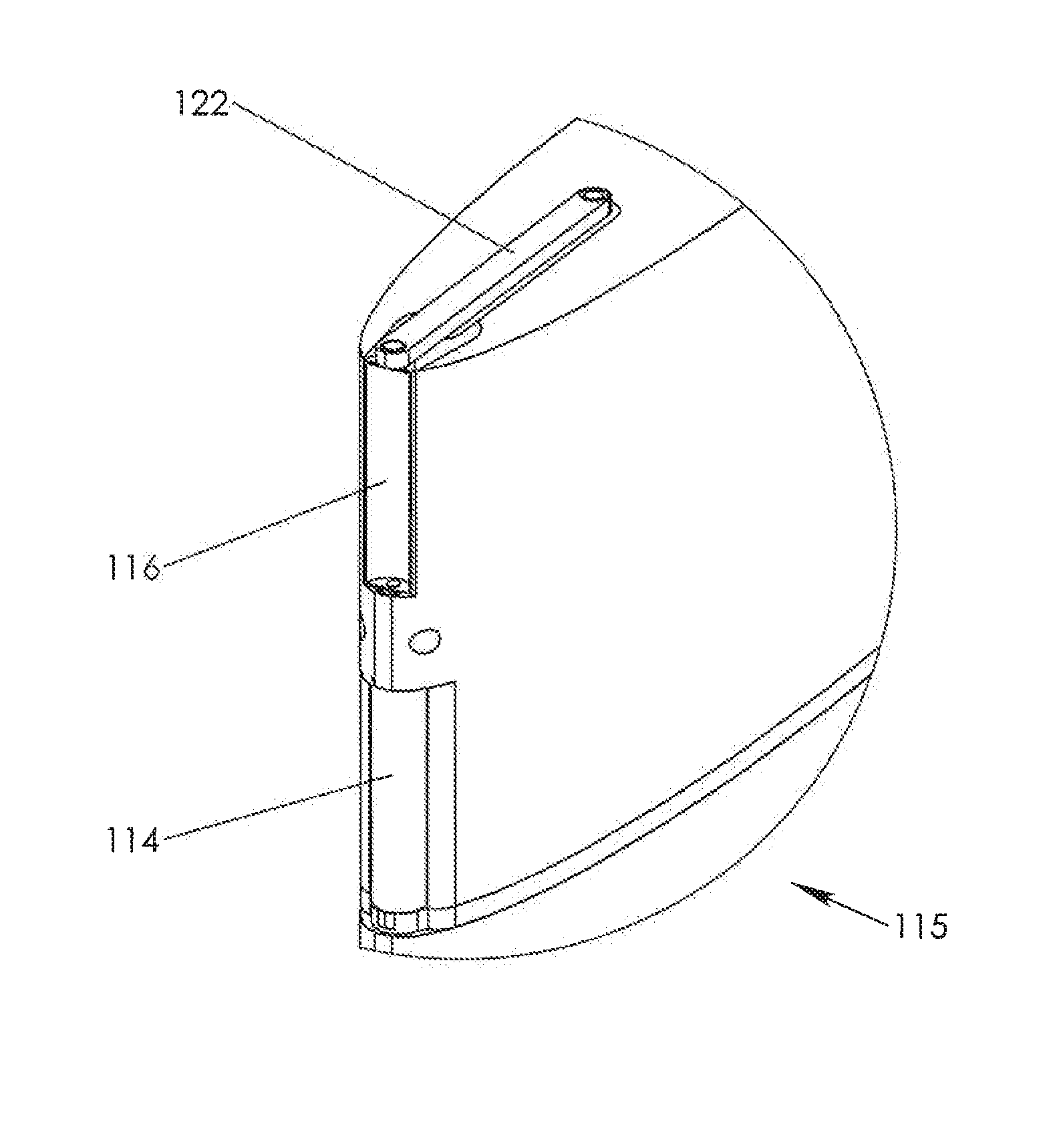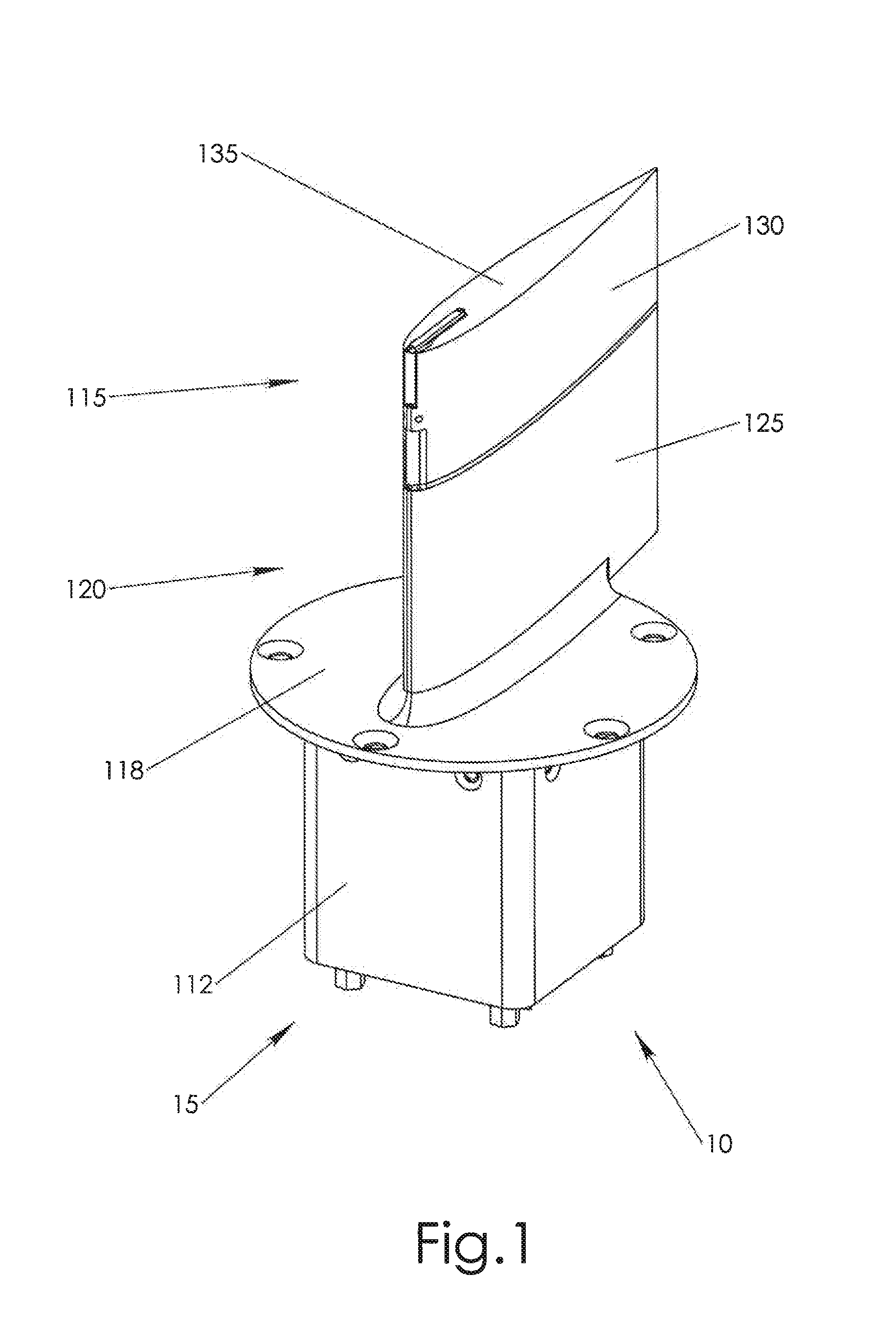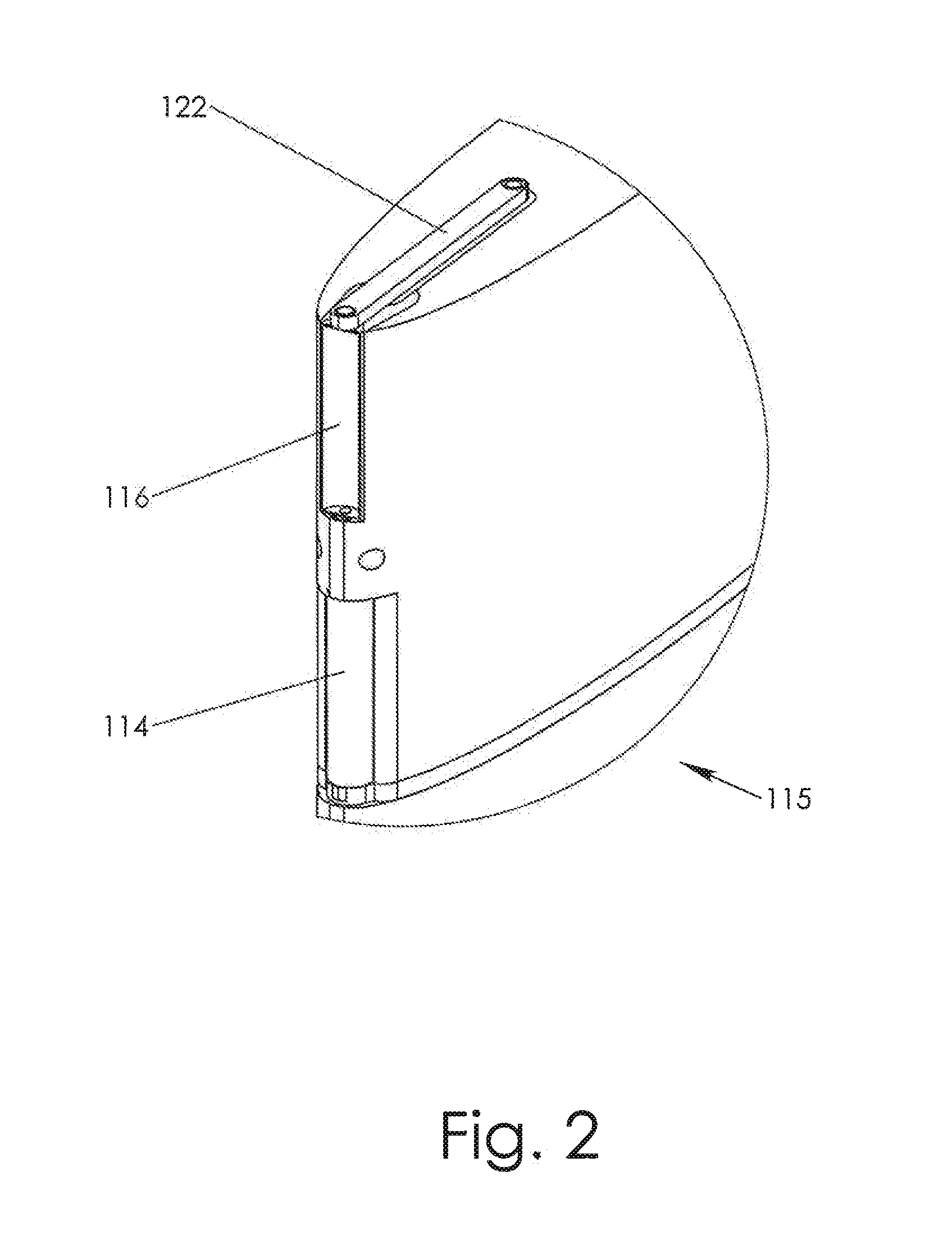Cloud Ice Detector
a detector and cloud technology, applied in the field of cloud ice sensors, can solve the problems of ice crystals, ice crystals, ice crystals, etc., and achieve the effect of reducing the risk of ice crystallization, and improving the safety of aircra
- Summary
- Abstract
- Description
- Claims
- Application Information
AI Technical Summary
Benefits of technology
Problems solved by technology
Method used
Image
Examples
Embodiment Construction
[0030]The invention uses a number of important principles: the first is that heat loss due to evaporation from specific sensor geometry can be used in an analysis of cloud water to differentiate between water and ice. The geometry of the sensor is important since it affects its ability to “retain” and / or “hold” the water from a cloud long enough to cause evaporation. Another important principle is that the total electrical power required to maintain a heated sensing element at a preset and approximately constant temperature is substantially equal to the power lost due to interaction of the sensing element with the cloud environment.
[0031]It is known that the total power input to a LWC sensor to hold the temperature of the sensor at a fixed predetermined value when it is moving relative to moisture laden air is primarily made up of two components; the power to keep the sensor at the temperature as if the air was dry and the power needed to evaporate the moisture in the air.
[0032]Prio...
PUM
 Login to View More
Login to View More Abstract
Description
Claims
Application Information
 Login to View More
Login to View More - R&D
- Intellectual Property
- Life Sciences
- Materials
- Tech Scout
- Unparalleled Data Quality
- Higher Quality Content
- 60% Fewer Hallucinations
Browse by: Latest US Patents, China's latest patents, Technical Efficacy Thesaurus, Application Domain, Technology Topic, Popular Technical Reports.
© 2025 PatSnap. All rights reserved.Legal|Privacy policy|Modern Slavery Act Transparency Statement|Sitemap|About US| Contact US: help@patsnap.com



